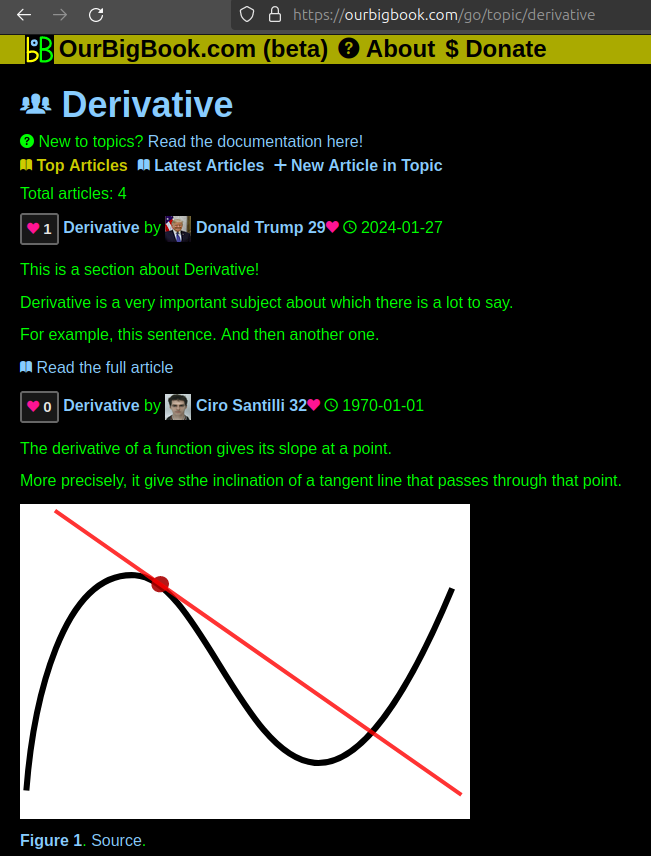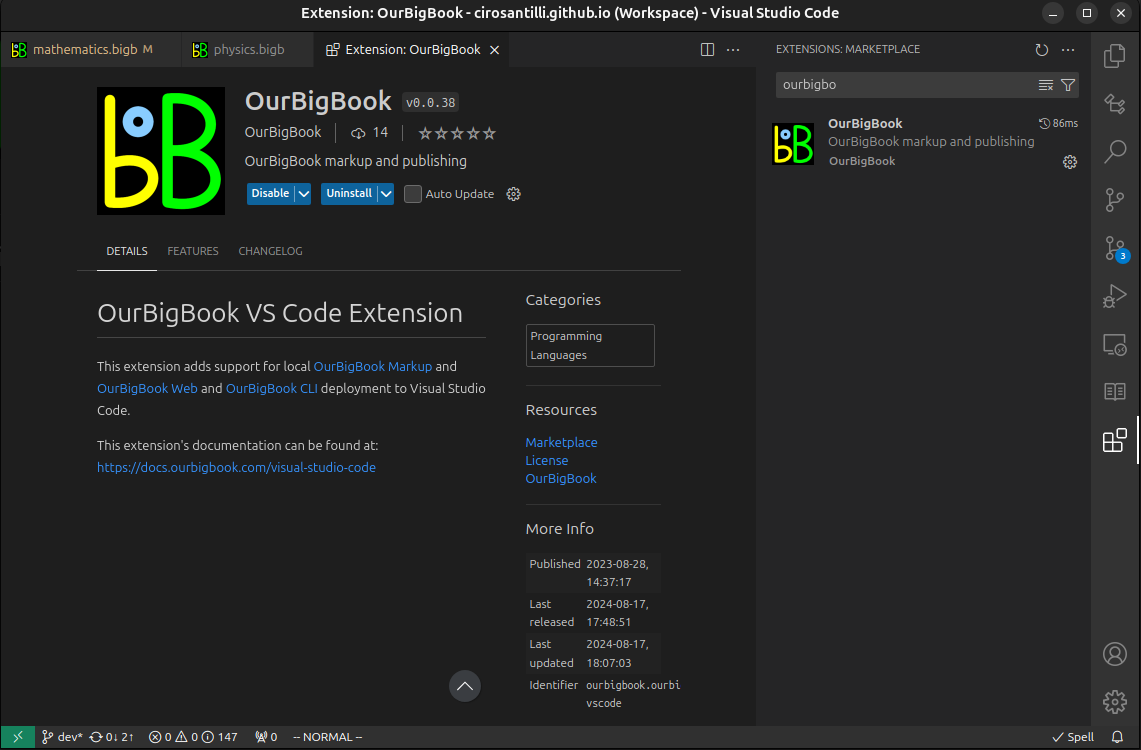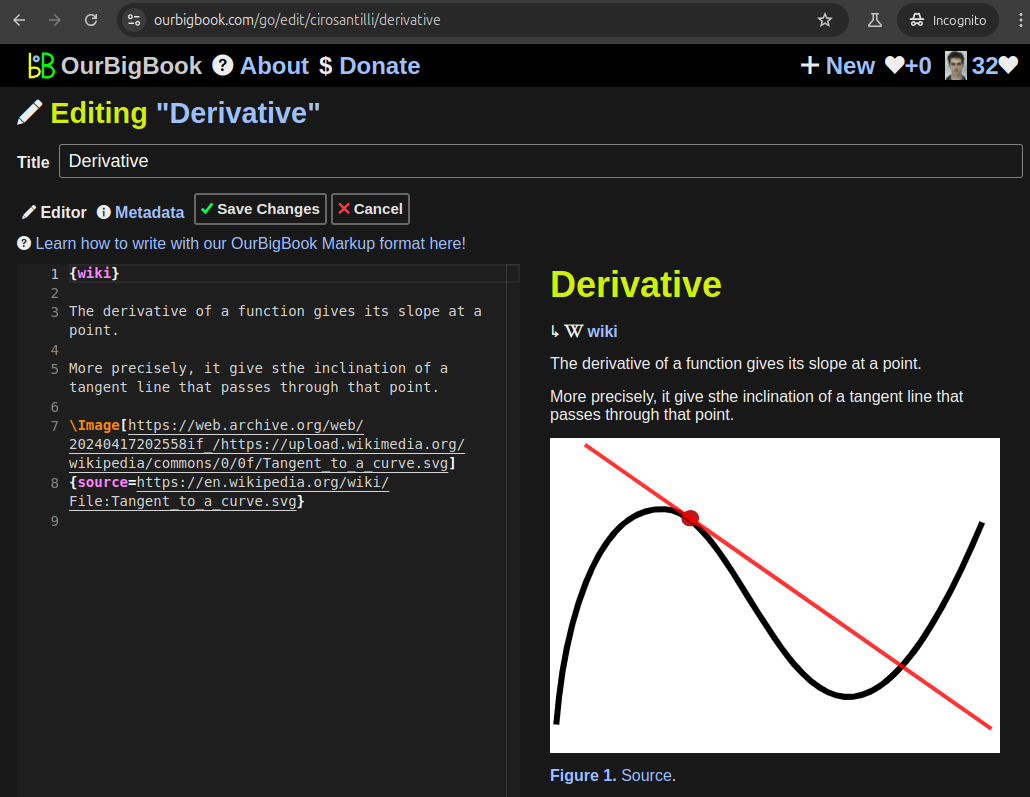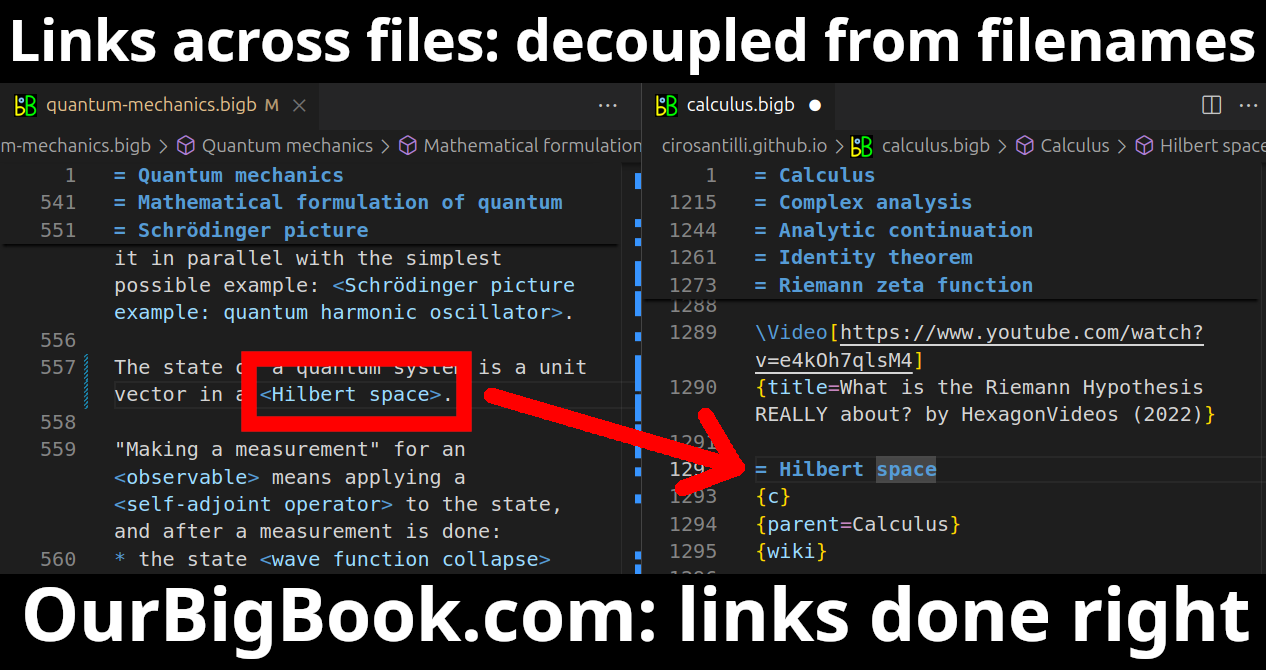"Masters of Chant" is a music project created by the German group Enigma, which is known for its blend of electronic music with various elements, including world music, Gregorian chants, and new age sounds. The project centers around the incorporation of Gregorian chants into modern compositions, creating a unique fusion that appeals to a wide audience. The first album in the "Masters of Chant" series was released in 2001, and it features a collection of tracks that reinterpret traditional Gregorian chants alongside contemporary arrangements.
"Metal Is Forever – The Very Best of Primal Fear" is a compilation album by the German heavy metal band Primal Fear, released in 2005. The album features a curated selection of the band's most notable tracks from their discography, showcasing their signature style of power metal. It serves as an overview of Primal Fear's career up to that point, highlighting their dynamic sound, powerful vocals, and strong musical performances.
"Mondo Cane" is a musical project and album by the American alternative rock band *The Young Fresh Fellows*. Released in 1991, the album is notable for its eclectic mix of styles and influences, blending elements of rock, pop, and punk. The title is a play on the Italian phrase "Mondo Cane," which translates to "World of Dogs," and is also the name of a controversial 1962 Italian film that presented a documentary-style examination of various social issues.
"Moving On Skiffle" is a song by the British rock band the Beatles, featured on their 1964 album "Beatles for Sale." It was written by John Lennon and Paul McCartney and reflects the skiffle genre that was popular in the UK during the 1950s and early 1960s. Skiffle is characterized by its use of homemade instruments and a mix of American folk, jazz, and blues influences.
"My ReGeneration" refers to a variety of initiatives and programs, often associated with sustainable practices, community renewal, or environmental restoration. However, without more context, it's challenging to pinpoint a specific meaning as it could pertain to: 1. **Community and Environmental Projects**: Efforts focused on revitalizing communities, restoring natural habitats, or promoting sustainability.
"NASCAR Goes Country" is a promotional event or initiative that typically highlights the intersection of NASCAR racing and country music culture. These types of events often involve live performances by country music artists at NASCAR races or related festivals, integrating the excitement of motorsports with the appeal of country music. The concept may include special races, themed activities, and fan engagement opportunities that celebrate the synergy between NASCAR fans and country music fans.
"New Attitude" is an album by American singer Patti LaBelle, released in 1984. The album features a blend of R&B, soul, and pop music and includes some of LaBelle's most iconic tracks. One of the standout songs from this album is the title track "New Attitude," which became a hit and is well-known for its empowering lyrics and upbeat sound.
"Nouvelle Vague" is the debut album by the French band Nouvelle Vague, released in 2004. The band is known for its unique style of reinterpreting classic new wave songs from the late 1970s and early 1980s, giving them a bossa nova twist. The album features covers of well-known tracks, presented in a fresh and mellow manner, blending elements of pop, jazz, and bossa nova.
The term "Gears" can refer to several things depending on the context. Here are a few common interpretations: 1. **Mechanical Gears**: In engineering and mechanics, gears are rotating machine parts that transmit torque and change the direction of motion. They are essential in machines and devices to control speed and force. 2. **Gears of War**: This is a popular video game franchise developed by Epic Games and published by Microsoft.
ArDM (Argon Dark Matter) is a proposed experiment designed to search for dark matter particles using liquid argon as the detection medium. Dark matter is a form of matter that makes up a significant portion of the universe's mass-energy content but does not emit, absorb, or reflect light, making it difficult to detect directly. In the ArDM experiment, liquid argon is utilized because it can produce clear signals when particles interact with it.
"On Your Sleeve" is a mental health initiative launched by the organization The Mental Health Coalition. The project focuses on raising awareness about mental health issues and encouraging open conversations about them. It aims to destigmatize mental health struggles and promote understanding, support, and acceptance within communities. The initiative often involves the use of creative expression, including art and storytelling, to help individuals share their experiences and foster connection.
Sid Sings is a popular YouTube channel and social media presence created by Sidemen, a group of British YouTubers known for their vlogs, challenges, and comedy content. Sid Sings primarily focuses on music-related content, including song covers, original music, and music-related challenges. The channel is characterized by its energetic and humorous style, often featuring collaborations with other members of the Sidemen group or guest appearances by other content creators.
"Thrillington" is an album by Paul McCartney, released in 1977 under the pseudonym "Thrillington." The album is an orchestral interpretation of McCartney's 1971 album "Ram," arranged by Percy "Thrills" Thrillington, which was a fictional character created by McCartney. The project was a sort of tribute to the original album, featuring lush instrumental arrangements that give the tracks a different texture compared to the original songs.
"Piano Love Songs" typically refers to a genre or collection of romantic pieces composed for the piano. These songs can include anything from classical compositions to contemporary popular music and can evoke deep emotions of love and affection. In terms of resources, "Piano Love Songs" can refer to: 1. **Sheet Music Collections**: Books or compilations of sheet music featuring popular love songs arranged for piano.
"Quiet Nights" is an album by Canadian jazz pianist and vocalist Diana Krall, released on March 31, 2009. This album features a blend of jazz standards and bossa nova influences, showcasing Krall's sultry vocal style and sophisticated piano work. The album includes beautifully arranged songs, some of which are interpretations of classics, infused with a romantic and mellow atmosphere.
"Rebirth of Soul" can refer to different concepts depending on the context in which it's used. Generally, it pertains to themes of spiritual renewal, reincarnation, or transformation of the soul. Here are a few interpretations: 1. **Spiritual and Philosophical Context**: Many spiritual and philosophical traditions, such as Hinduism and Buddhism, embrace the concept of reincarnation, where the soul undergoes cycles of birth, death, and rebirth.
Pinned article: Introduction to the OurBigBook Project
Welcome to the OurBigBook Project! Our goal is to create the perfect publishing platform for STEM subjects, and get university-level students to write the best free STEM tutorials ever.
Everyone is welcome to create an account and play with the site: ourbigbook.com/go/register. We belive that students themselves can write amazing tutorials, but teachers are welcome too. You can write about anything you want, it doesn't have to be STEM or even educational. Silly test content is very welcome and you won't be penalized in any way. Just keep it legal!
Intro to OurBigBook
. Source. We have two killer features:
- topics: topics group articles by different users with the same title, e.g. here is the topic for the "Fundamental Theorem of Calculus" ourbigbook.com/go/topic/fundamental-theorem-of-calculusArticles of different users are sorted by upvote within each article page. This feature is a bit like:
- a Wikipedia where each user can have their own version of each article
- a Q&A website like Stack Overflow, where multiple people can give their views on a given topic, and the best ones are sorted by upvote. Except you don't need to wait for someone to ask first, and any topic goes, no matter how narrow or broad
This feature makes it possible for readers to find better explanations of any topic created by other writers. And it allows writers to create an explanation in a place that readers might actually find it.Figure 1. Screenshot of the "Derivative" topic page. View it live at: ourbigbook.com/go/topic/derivativeVideo 2. OurBigBook Web topics demo. Source. - local editing: you can store all your personal knowledge base content locally in a plaintext markup format that can be edited locally and published either:This way you can be sure that even if OurBigBook.com were to go down one day (which we have no plans to do as it is quite cheap to host!), your content will still be perfectly readable as a static site.
- to OurBigBook.com to get awesome multi-user features like topics and likes
- as HTML files to a static website, which you can host yourself for free on many external providers like GitHub Pages, and remain in full control
Figure 3. Visual Studio Code extension installation.Figure 4. Visual Studio Code extension tree navigation.Figure 5. Web editor. You can also edit articles on the Web editor without installing anything locally.Video 3. Edit locally and publish demo. Source. This shows editing OurBigBook Markup and publishing it using the Visual Studio Code extension.Video 4. OurBigBook Visual Studio Code extension editing and navigation demo. Source. - Infinitely deep tables of contents:
All our software is open source and hosted at: github.com/ourbigbook/ourbigbook
Further documentation can be found at: docs.ourbigbook.com
Feel free to reach our to us for any help or suggestions: docs.ourbigbook.com/#contact






